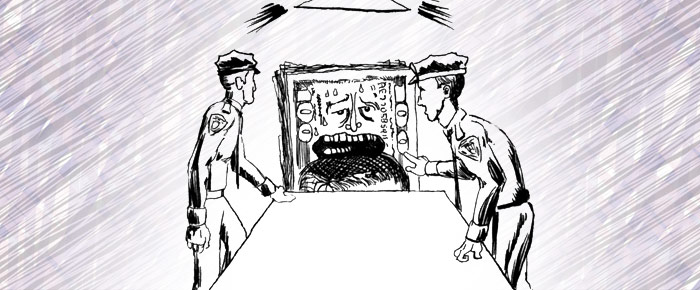
There are no bad Suspicious Activity Reports (SARs). There certainly are bad interpretations and the SARs are sometimes badly used, but in the end there are no bad SARs. This assertion is predicated on the fact that the fundamental principle of SARs is to provide leads on suspicious behaviors or transactions. Many of the bad interpretations come from failure to discern the differences between raw intelligence, vetted information and investigative conclusions. SARs generally contain an eclectic combination of all of these.
Financial institutions want feedback or rationalization for things on which they have made financial expenditures. Bank Secrecy Act (BSA) and anti-money laundering (AML) departments cost money and the people paying for them want to know what they are getting for their money. Although law enforcement would appear to be the logical place to seek that information, the responses will not likely satisfy the financial institutions. Given the confidential nature of SARs, combined with the similarly confidential nature of criminal investigations, law enforcement is unable to properly address the statistical or informational needs of financial institutions.
There is no doubt that SARs provide important investigative leads, data and information. No rational law enforcement, intelligence or investigative agency would seek to close off any such source. However, few, databases commonly used by law enforcement were created with outside feedback in mind. The design, implementation and use of SARs was never intended to create an adversarial relationship. Yet, that perception could exist when the criteria of an effective use of SARs by law enforcement differ sharply from the criteria the financial institutions expected.
SAR-based leads that do prove fruitful will often never receive any feedback or credit. This is especially true when they are used in support of or bolster an existing investigation. Investigators rarely feel a need to provide feedback to an informant who lacks a pulse. To many investigators this would have been one of numerous databases checked during the investigation and they do not commonly acknowledge those database contributions either.
SARs often corroborate and enhance other investigative leads
Law enforcement investigators are cons-
tantly locating hidden assets, bank accounts, addresses or associate information from SARs. SARs often corroborate and enhance other investigative leads. Financial checks now are as routinely run as motor vehicle and criminal history checks during investigations. The vast majorities of these investigators have no more than a cursory understanding of SARs and the database that yields them. When an investigator views prior convictions on a criminal history report it further enhances the suspicion of a suspect's culpability. Those investigators do not often go back and acknowledge those responsible for the prior cases.
In traditional policing, field contacting or investigative stops are both encouraged and well documented. If a patrol officer spots Bobby "the Burglar" Fleet wandering around in the late hours where everything is closed, this suspicious activity is documented. It may be that Bobby is just out late walking or he may be a lead to detectives following up on break-ins and thefts in the area. Thousands of these contact reports remain a routine part of police files. Departments rarely consider any of these reports as wasted efforts even if they never amount to anything more than documenting a chat with a police officer.
Unfortunately in "The Matrix" of financial transactions we have no Keanu Reeves patrolling the data streams for the equivalent of Bobby. What we have settled for is BSA and AML departments looking for the potential miscreants in the financial neighborhood. SARs are the neighborhood watch of the financial community. There are no bad SARs because each one reflects some anomaly within that community. It is the vetting and interpretation of that anomaly where many mistakes or misconceptions occur.
Like the field contact reports by the police, many SARs simply are filed for the "potential" of yet to be realized investigative value. No fault or flaw should be perceived if that potential is never realized. Some SARs may form the foundation of major investigations while others may be a minor blip or notation on others. It may not always be easy to discern between the two.
Members of the financial community want to know what is being done by law enforcement with the SARs they file. The literally hundreds of entities that comprise law enforcement makes it nearly impossible for any effort to accurately document the totality of the impact SARs now play in investigations. Sure the IRS, and maybe the FBI, has more SAR-centric statistics than others, but they still represent a fraction of the times where SARs have been an element in investigations.
FinCEN remains the best option for breaching this gap. The agency works closely with both the financial institution and law enforcement side of this equation. Take time to look at FinCEN's public web-page. Granted it does not have the pizazz of a Google, Bing or AOL, but it does have far more information about SARs than you may realize. FinCEN's regular publication The SAR Activity Review Trends Tips and Issues is full of SAR success stories and issues which arise from SAR use in investigations. They are in constant search of feedback and suggestions. They are also constantly surveying users for improvements.
As you can see, there are no bad SARs, only better ways of improving how they are interpreted and put to use.










